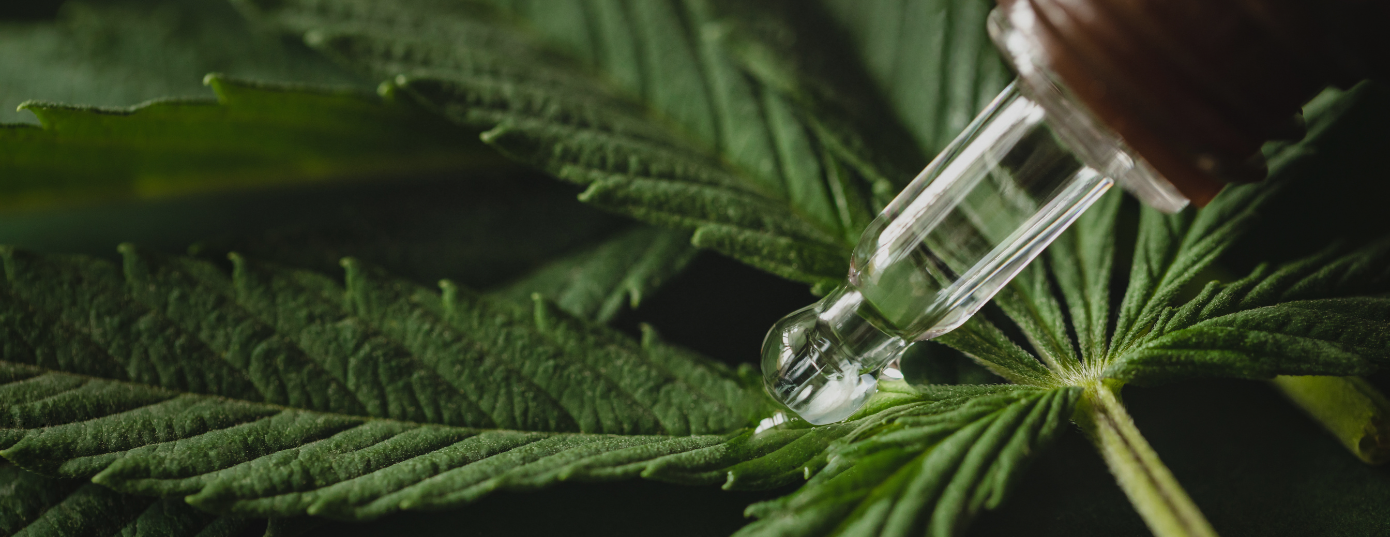Many people think that hashish is another name for marijuana, like weed, pot, ganja, dope etc. However, there is a great difference between hashish and regular weed buds. Marijuana refers to dried cannabis. In most parts of the world, marijuana is made up of cannabis flowers that have been dried and cured, and are ready to be smoked, vaporized, cooked or made in some kind of concentrate.
Hashish or hash on the other hand refers to cannabis extract that is made by separating the resin from the buds. We know many different ways to make hash, but they all involve separating trichomes and pressing them into a block, ball or cylinder.
Afghanistan, Morocco and India have some of the most traditional forms of hashish. Afghan and Moroccan hashish was traditionally made by passing dried cannabis through fine sieves. The gentle friction action separates the trichomes from the dried plant material to make kief, which is then heated and pressed to produce creamy, strong dark hash blocks.
In India hashish is produced differently. There the fresh cannabis buds are picked and rubbed between the hands. The heat and friction cause the trichomes to separate from the plant material. This creates a thick, dark resin that sticks to your hands. This is then made into balls and sold as charas.
These methods are classics and kind of fun, because those who were forbidden to drink alcohol, because of their religion like Muslims used to consume a lot of hashish. Maybe that’s why they had such important mathematical and scientific advances.
How to make hashish
How to make hashish, it depends on the process or method that you decide. Some methods might be too tricky, too dangerous and some might even be boring. But there are methods of making hashish that you can make at home on your own.
Although most trichomes are found on mature marihuana flowers, they can be extracted from the entire plant in smaller concentrations. Many growers save their “trimmings” weeds, stems or leaves. This is because they can extract the rest of the trichomes to make hashish as we are telling soon.
Hashish and kief
Until recently, trichomes were simply referred to as “kief”, which is a fine sand-like powder. Kief is what remains in the bottom of your grinder. It is important not to misunderstand kief from hashish. Off the record, there are people that think hashish is the rubbish that gets stuck in a dirty pipe or bong. Please never smoke this, be safe and clean your pipes and bongs.
Anyway, hashish is a byproduct of kief that is extracted from marihuana plant and put through a series of processes. For concentrate lovers, kief is an excellent option, highly psychotropic and fairly easy to obtain.
What parts of the marihuana plants can be used to produce hashish?
- Male plants: this plant is usually discarded to prevent the pollination of females. Although their total cannabinoid content is lower than that of females, they also contain trichomes that can be exploited.
- Fan leaves: these are the largest and most characteristic leaves of the cannabis plant. They don't contain as much kief as sugar leaves, but they're still good for making hashish.
- Sugar leaves: these are the small, pointed leaves that are embedded in the flowers. They are called sugar leaves because they have a thin layer of trichomes on their surface
- Dried buds: this is the best option. Dried buds are typically used for dry sifting, which is also one of the easiest methods of making hash.
Solvent free methods
Now that we have a clearer idea of what hashish is, let's start with the traditional way of making hashish. This method does not use solvents, instead, use mechanical means, which can be as simple as using your hands or a silk filter. In the latter case, you would simply have to take dry weed and run it against a sieve to separate trichomes.
Once you´ve turned the trichomes into a mound of kief, you´ll need to collect them into molds and apply heat and pressure to shape them into blocks, balls or strips.
Solvent-based methods
Currently, the most common methods of making hash use solvents. In this process, butane, propane or CO2 is used to extract the cannabinoids and terpenes from trichomes. Before hash is safe for consumption, any residual solvent must be removed. In the case of BHO (butane hash oil), you will have to wax it with a hot plate or run it through a vacuum desiccation chamber. It is highly flammable and therefore very dangerous, so we do not recommend it as a home method.
Let´s better focus on solvent free methods, some easier and safer.
Rub hands
This method is self-explanatory. Is the ancient Indian method which we just talked about. Normally this method is done with dried and cured buds. When rubbing the buds between your hands, you will immediately see a black layer of sticky resin. You will know you have collected enough material when you can form small balls of hash
Because you are using your hands you will pick up natural oils and dirt from your skin. So, you better wash your hands before rubbing the weed.
Shoe method
The show method is a very simple way to make hash. It is made by compressing a small amount of kief. As its name suggests, one shoe is required.
Tools:
- Five kief grams
- Adhesive strip
- Tracing paper or cellophane
- Pin
Process:
- Firmly wrap the material in parchment paper or cellophane. Put the adhesive tape so that it does not open continuously. Avoid using plastic bags because hash tends to stick
- Take a pin, poke a small hole in the package to allow any trapped air to leak out. Check that it is well sealed.
- Once the package is closed, place it inside the shoe, in the heel area. It is better that you use a boot or any type of closed shoe with a hard sole, because they crush much better.
- The weight you provide by walking and your body heat, will help press the hash into a plate shape. With this method It takes between 15 minutes and an hour to make hash.
Dry sieving
Dry sieving is a very simple and fast method. All you need is some dried weed and silk filter. Nothing more. Just keep in mind that the smaller the holes you are working with, the higher purity of hash you will get. Basically, the quality and quantity you get will depend on the tools you use. Something important to remember is to freeze your weed previously for a few hours. This will help separate the trichomes from the plant more easily.
Process:
- To perform this process, place the sieve on a clean, flat surface. Put the buds/clippings on top of it
- Gently rub the material against the sieve in circular motions. You will see all the trichomes fall to the surface below the sieve.
- Continue with this process for as long as necessary. You will know you have enough when you reach approximately ten percent of the total weight of the material in trichomes.
Mixer method
As the name suggests, this method requires a mixer. But just like dry sieving, you will also need a silk screen
Process:
- Put the cuttings (stems, leafs etc) in the blender and pour water until all the material is covered. Add a handful of ice and shake for a minute.
- Then, pour the mixture into a glass jar, filtering it through the sieve. Let sit in the jar for about an hour. During this time, you will see the trichomes settle to the bottom of the jar. This means you are doing it right.
- Empty about 2/3 of the water, but be careful not to lose the trichomes. Refill the jar with ice water and let sit again for five minutes. Filter 2/3 of the water again and repeat the process four or five times.
- Once you have drained out as much water as possible, take a coffee filter and pour the solution over it to separate the water from the trichomes. Squeeze out excess water and let the kief dry.
This might be a boring process, but the end product is dry kief. No additional heating or pressing is required, and you can use it on a joint or a pipe.
Bubble hash
The bubble hash method is considered the purest solventless hash making process (dry ice is not considered a “true” solvent in this case) as the final product contains no plant matter.
Tools:
- Dry ice
- Big bucket
- Bubble Hash bags (you can buy it online, are very cheap)
- Credit card
- Pollen press (optional)
Process:
- Place the cuttings or flowers on a big bucket with dry ice. Stir and shake lightly for a few minutes to help the resin glands separate from the plant material
- Take the mesh bags and place them on top of the bucket. Turn the bucket upside down to transfer everything into the bags and place it on a large, flat, clean surface.
- Shake the bucket for a few minutes until you see the surface full of amber colored powder.
- Take the credit card, of course it must be a useless card and scrape all the product (which is already resin) with it.
- To turn resin into hash, put the material you have collected into a pollen press for kief coins.
How to dry your hash
Drying and curing hashish is vital to preserving its quality. If it is stored while it is still wet, it will start to grow fungus or mold. Bubble hash, in particular, requires sufficient drying and curing for best results.
To remove moisture from the kief, it is best to spread it out on a piece of cardboard lined with parchment paper. By spreading it out, we increase the surface area and speed up the process, and the cardboard draws the moisture out of the kief. Make sure to dry your bubble hash in a cool, dark environment.
After drying, it is time to cure the hash into any shape you like. A good option is to store it in parchment paper and put it in glass jars with controlled humidity, as it will help its flavor and aroma mature.
Choose the process that better adapts to your possibilities. My favorite is bubble hash, I have done it with a friend and the final result is a hard trip. Hash is much more powerful than marijuana. Most cannabis strains on the market today produce between 15 and 30 percent THC. Since hashish is made by combining a huge amount of trichomes, it can reach potencies of 40, 50 or even 60 percent. So, if you have not tried hash, you should do it, because you are missing a pretty good experience.
Author: Pipo


0 comments